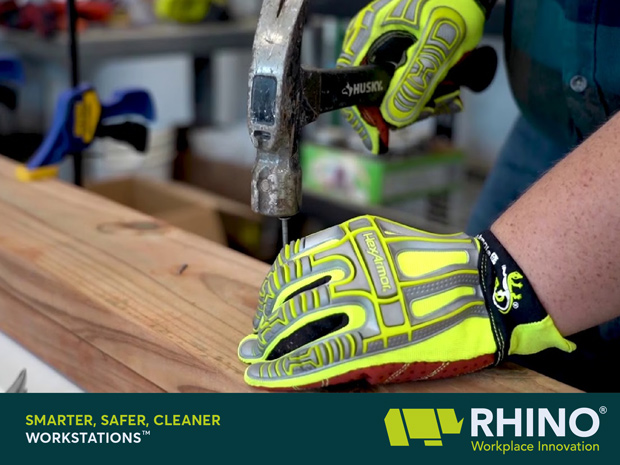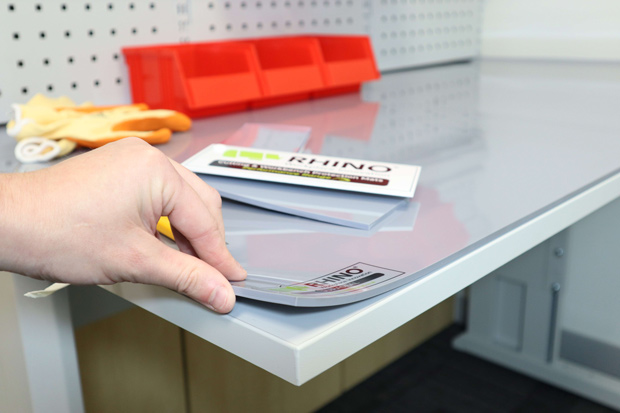In busy workshops and industrial settings, hands face constant risk. Every cut, grip and lift demands precision, and a split second of inattention can cause painful or lasting injury. Sharp tools, heavy materials and repetitive motions pose hazards for both seasoned professionals and new operators. Even minor injuries can disrupt workflow and lead to costly downtime.
Effective hand injury prevention should be a daily priority. With the right mix of awareness, preparation and equipment, accidents can be greatly reduced. An organised workspace, reliable protective surfaces and well-maintained tools all support a safer, more efficient environment, helping workers protect their most valuable asset — their hands.
Cutting Mat Safety: Choosing and Using Mats the Right Way
When it comes to hand injury prevention, the surface you work on is just as important as the tools you use. A reliable cutting mat is the foundation of a safe and efficient workbench. It provides stability, precision and protection, helping to reduce the risk of slips and accidental cuts. Too often, mats are treated as replaceable accessories rather than essential safety tools. In reality, the right mat can transform how safely and accurately you work.
Why the Right Cutting Mat Matters
A self-healing cutting mat is particularly effective because it absorbs the impact of the blade and closes up small cuts, preventing grooves that can catch or divert the blade. This not only extends the life of the mat but also ensures that every cut remains steady and controlled. For environments handling delicate components or electrical assemblies, anti-static cutting mats offer extra protection against static discharge, which can damage sensitive materials or equipment. Meanwhile, heavy-duty mats are ideal for industrial settings where constant cutting, trimming and assembly occur throughout the day.
Choosing the Correct Size and Fit
Size and fit are critical considerations for cutting mat safety. A mat that’s too small for the work area increases the chance of the blade slipping off the edge, while one that overhangs the bench may flex or move unexpectedly. Always ensure the mat sits flush and flat, with no curled corners or raised edges. If you’re working on a large or irregular bench, investing in a custom-cut mat ensures every section of the surface is covered safely and securely.
For additional safety insights and detailed mat-handling guidance, explore Rhino’s Health & Safety: Cutting Mats resource.






